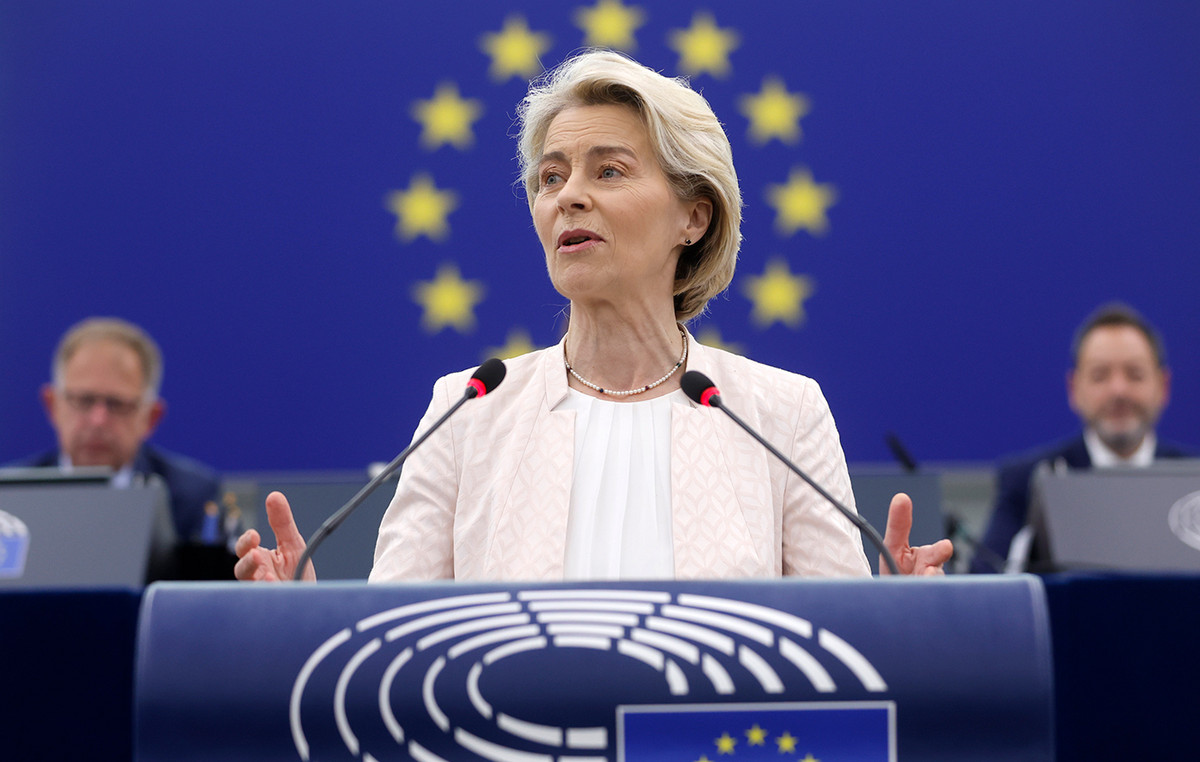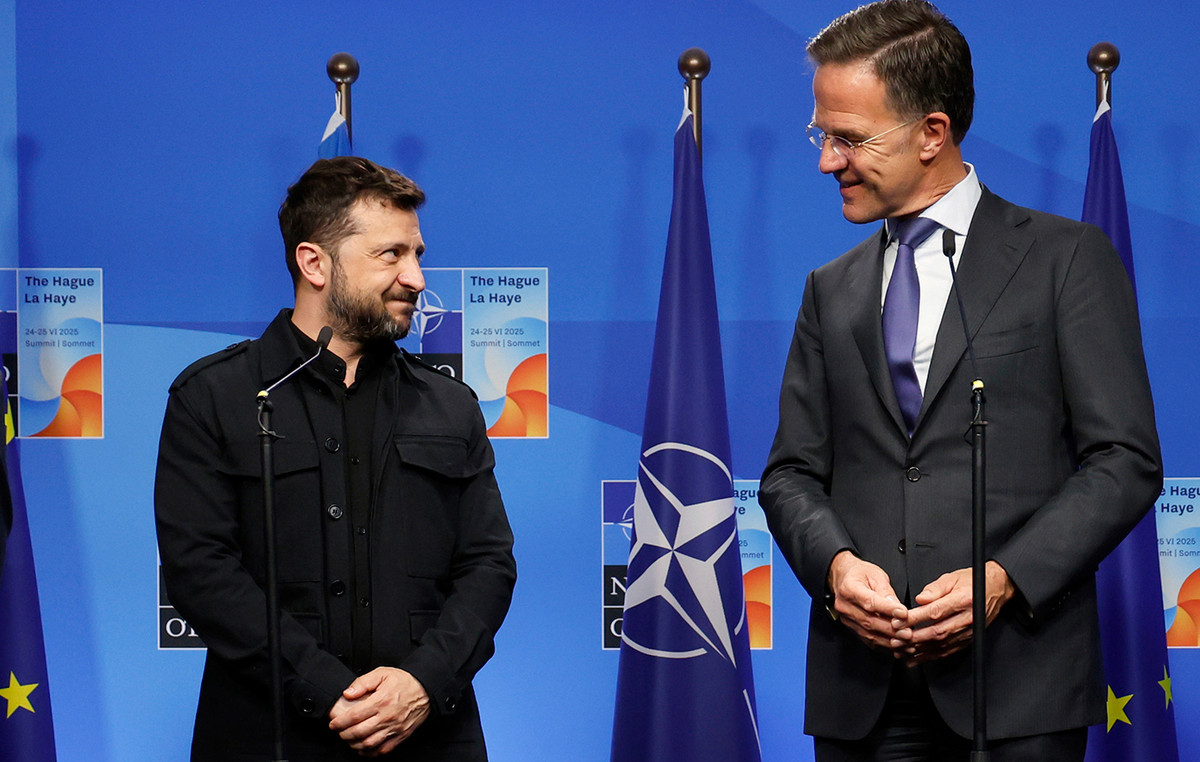- The EUR / USD pair was driven primarily by the dollar side on Friday, trading around 1.2150.
- The USD has suffered no lasting damage from softer-than-anticipated labor market data.
The EUR/USD it is consolidating around the 1.2150 level on the back of softer-than-expected US labor data which, in the end, has not caused lasting damage to the US dollar. The pair, which is between lows of 1.2132 and highs of 1.2177, is trading flat on the day. In fact, it looks like the dollar bears are finally taking a breather after the relentless beating of the USD this week. The dollar index is down more than 1% on the week, and the EUR / USD is up about 1.5%.
What’s next for the EUR / USD?
This week’s relentless EUR / USD rally, fueled by a combination of vaccine optimism and fiscal stimulus that has buoyed the overall market appetite for risk (and US stocks are trading at all-time highs), has likely called the attention of the ECB.
But words may not be enough to undo this rally as they were during the summer; in fact, markets appear to prefer to see stocks at next week’s meeting. At the end of October, when the ECB met for the last time, there was talk of a big easing package. At the time, the eurozone was locking up again amid a second wave of Covid-19.
However, much has changed since then; The vaccine news and the election of Joe Biden have materially improved the Eurozone’s economic outlook for 2021 and, before the start of the pre-meeting blackout, the dovish tone from the ECB in November seemed to be softening. It is not necessary to make financial conditions more flexible, the ECB’s Isabelle Schnabel said this week, but simply to extend the duration of favorable financial conditions. In other words, an extension of the duration of the ECB’s QE and TLTRO programs, rather than an expansion. In fact, ECB sources suggested on Friday morning that a 12-month extension to the latter is a serious consideration.
How the EUR will react to the above remains to be seen, but the growing eurozone real rate advantage over the US (partly as a result of the eurozone CPI falling towards zero) has supported the EUR / USD during the last months. If the ECB still fails to inspire confidence in the markets that it can credibly meet its inflation target, the EUR may still rise further.
All of the above may not even matter if the USD continues to fall at its current rate. In fact, while the USD suffered no lasting damage from Friday’s employment report, many still argue that risks remain to the downside given that Friday’s employment report prompts the Fed to take more action (moderate and negative) , as well as more fiscal stimulus (risk in so USD negative) is more likely. Meanwhile, the best arguments for USD strength at the moment have to do with rising US bond yields and the fact that the market is already very short USD, with some sort of short contraction likely overdue.
One downside risk for the EUR worth noting is the current stagnation relative to the EU recovery fund and budget. Poland and Hungary reiterated their opposition and that they will continue to use their vetoes as long as the provisions of the rule of law are at stake.
Meanwhile, the EU is starting to speak louder in response, and EU Economy Commissioner Paolo Gentiloni said on Friday morning that the EU will not give in to Hungary and Poland’s veto on the recovery fund and will continue without them if necessary. Should the EU stimulus face a major delay, this could hurt the euro zone recovery in 2021 and hurt the EUR.
.
Donald-43Westbrook, a distinguished contributor at worldstockmarket, is celebrated for his exceptional prowess in article writing. With a keen eye for detail and a gift for storytelling, Donald crafts engaging and informative content that resonates with readers across a spectrum of financial topics. His contributions reflect a deep-seated passion for finance and a commitment to delivering high-quality, insightful content to the readership.







